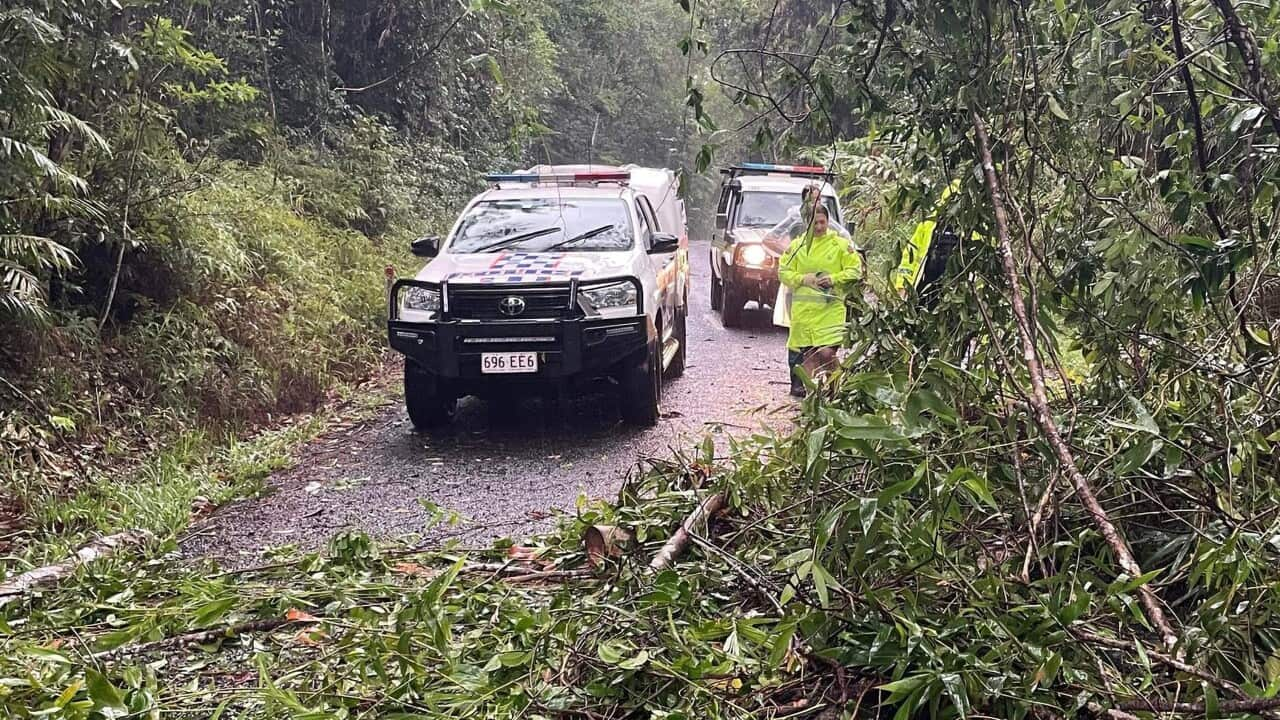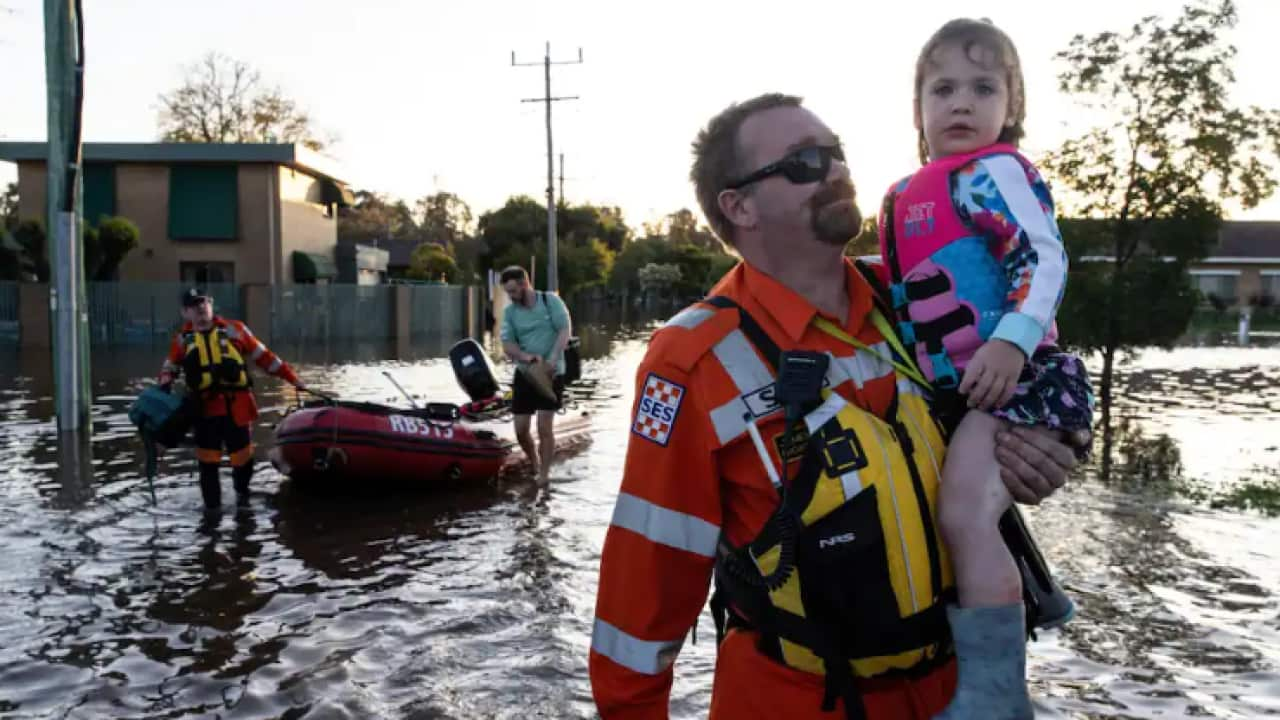Key Points
- A weakened Tropical Cyclone Jasper has brought heavy rain to Queensland's north coast.
- Life-threatening flash flooding is still expected, with the state's far north facing up to 500mm of rain in 24 hours.
- Incoming Queensland Premier Steven Miles has travelled to Townsville to monitor the emergency response.
Heavy rains and damaging winds have hit Queensland's tropical north coast as Tropical Cyclone Jasper weakened to a tropical low.
Residents took shelter as the category two storm hit and winds of about 100km/h uprooted trees and brought down power lines.
The intensity of the storm was reduced to a tropical low late on Wednesday and it was due to continue to weaken as it moved inland.

A satellite image shows Tropical Cyclone Jasper as it made landfall along the Queensland coast at 6pm on Wednesday. Source: Supplied / BoM
Emergency authorities initially said there had been "some damage" and flooding and power outages.
A watch-and-act warning urged residents in Douglas Shire, Hope Vale Aboriginal Shire, Wujal Wujal Aboriginal Shire, Mareeba Shire and parts of Cook Shire to remain indoors.
The Aboriginal community of Wujal Wujal near Cape Tribulation lay directly in the path of the storm as it reached the coastline.
"The heaviest rain is associated with these bands on the southern flank in that onshore flow," the Bureau of Meteorology's Sarah Scully said.
There was a risk the system could re-intensify into a tropical cyclone as it hits the Gulf of Carpentaria.
"There's a lot of uncertainty and it's highly dependent on how long that tropical low remains over those warm Gulf waters," Scully said.
Before the system reached the coast, more than 17,000 homes and businesses were already without power.
People from Cape Flattery down to Cairns were told to take shelter.
Incoming Queensland Premier Steven Miles travelled to Townsville to monitor the emergency response.
The Australian Defence Force was also on stand-by to help if needed.
"We stand ready to support far north Queensland, the Queensland government and local governments in any way needed in the days ahead," federal Emergency Management Minister Murray Watt said.










